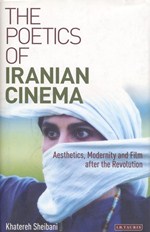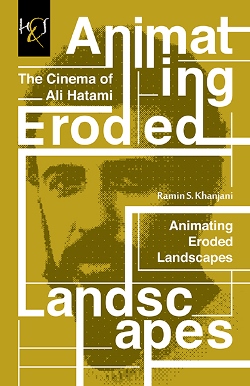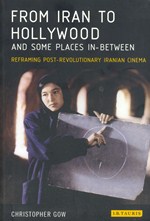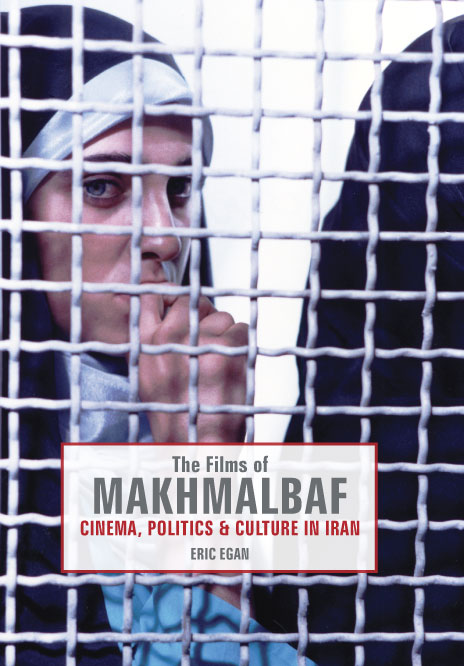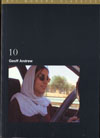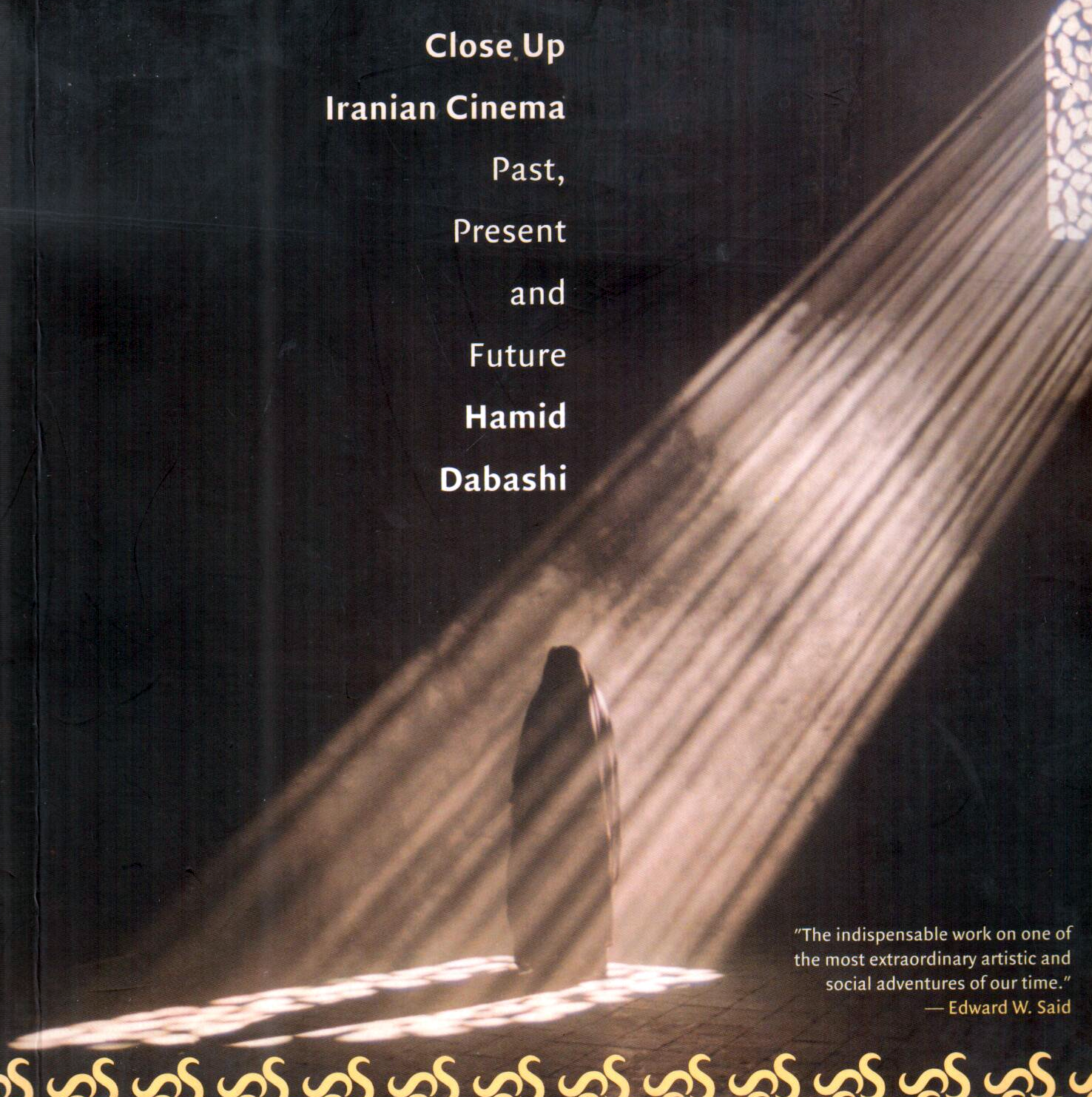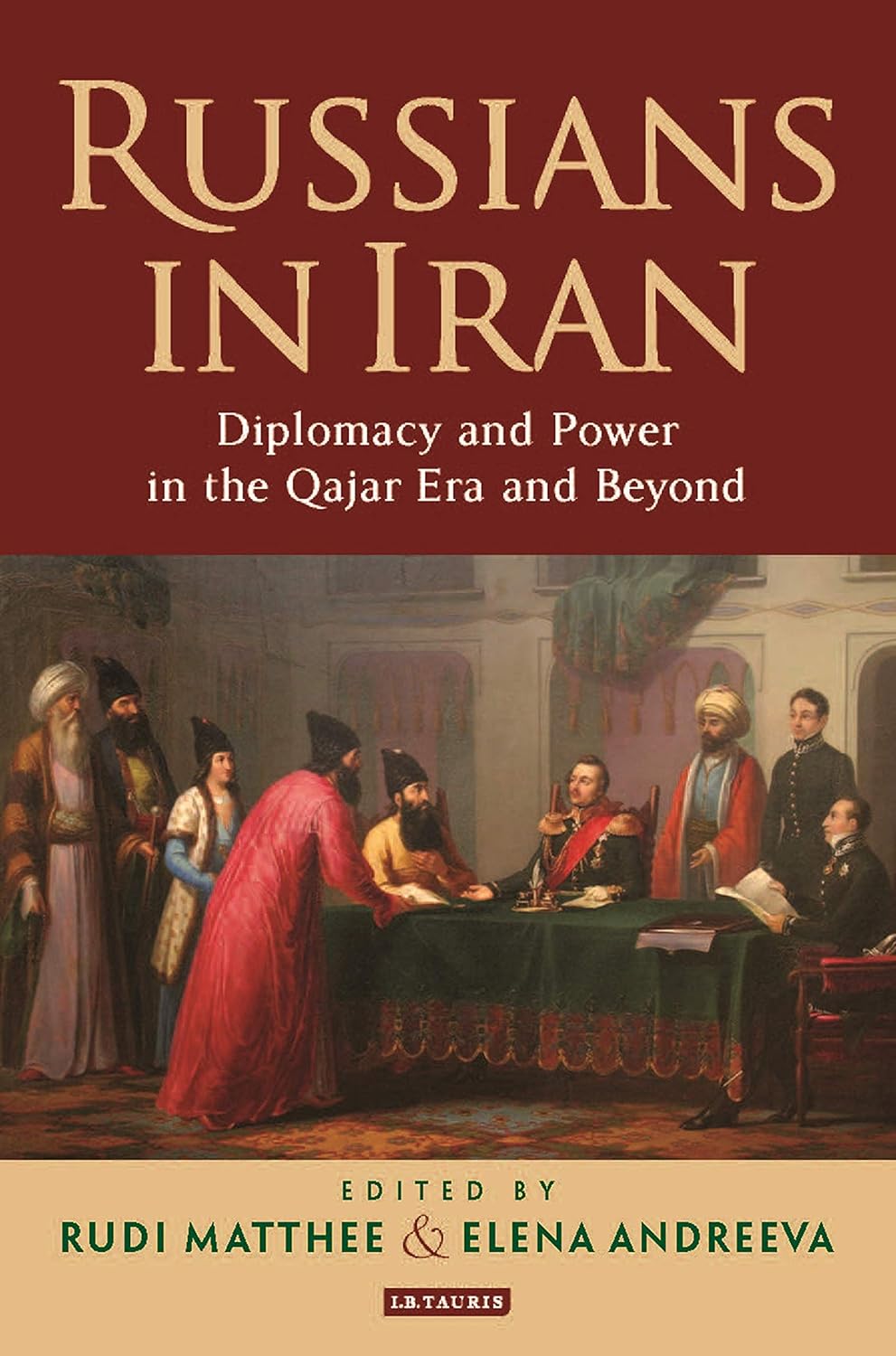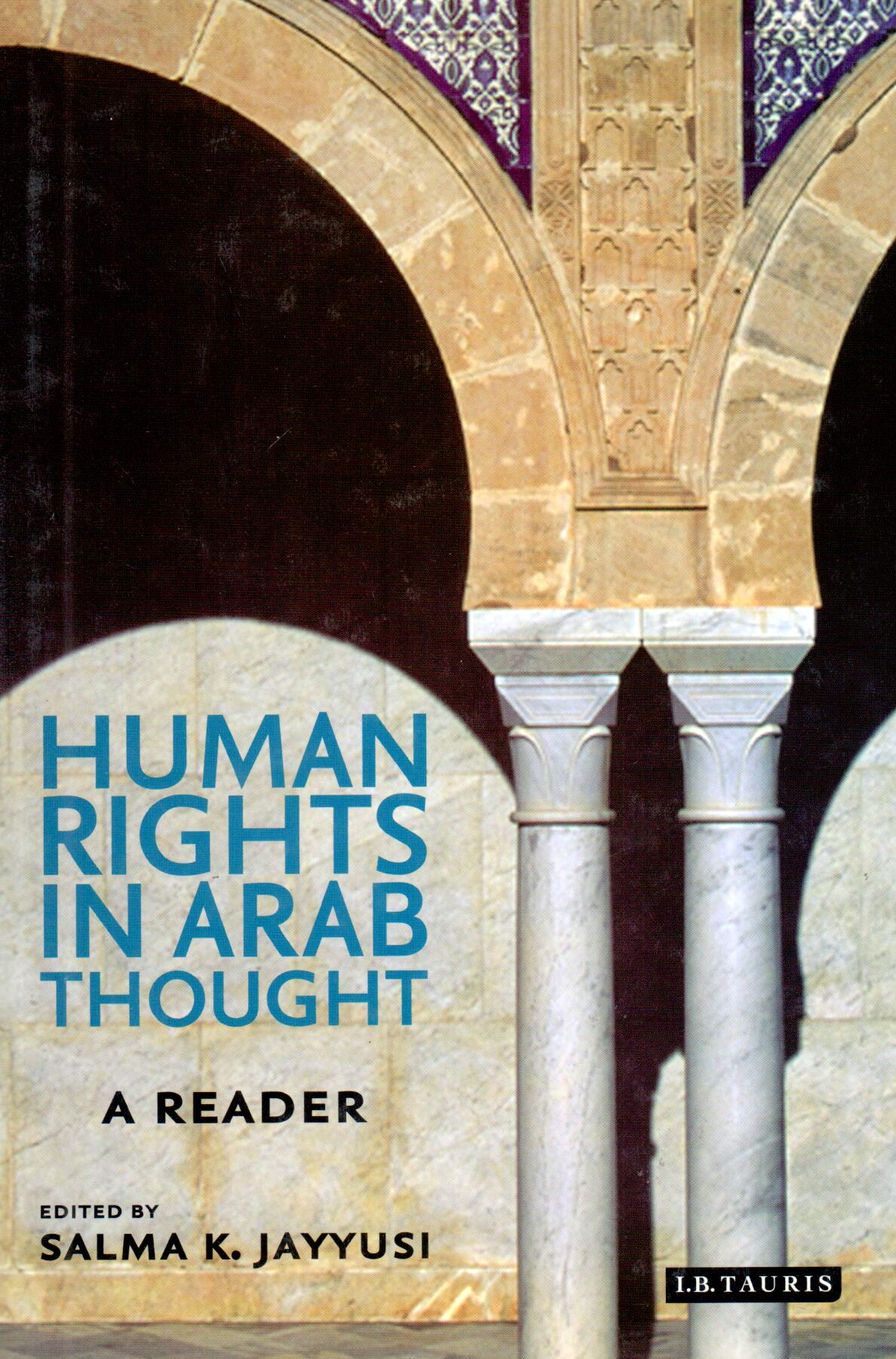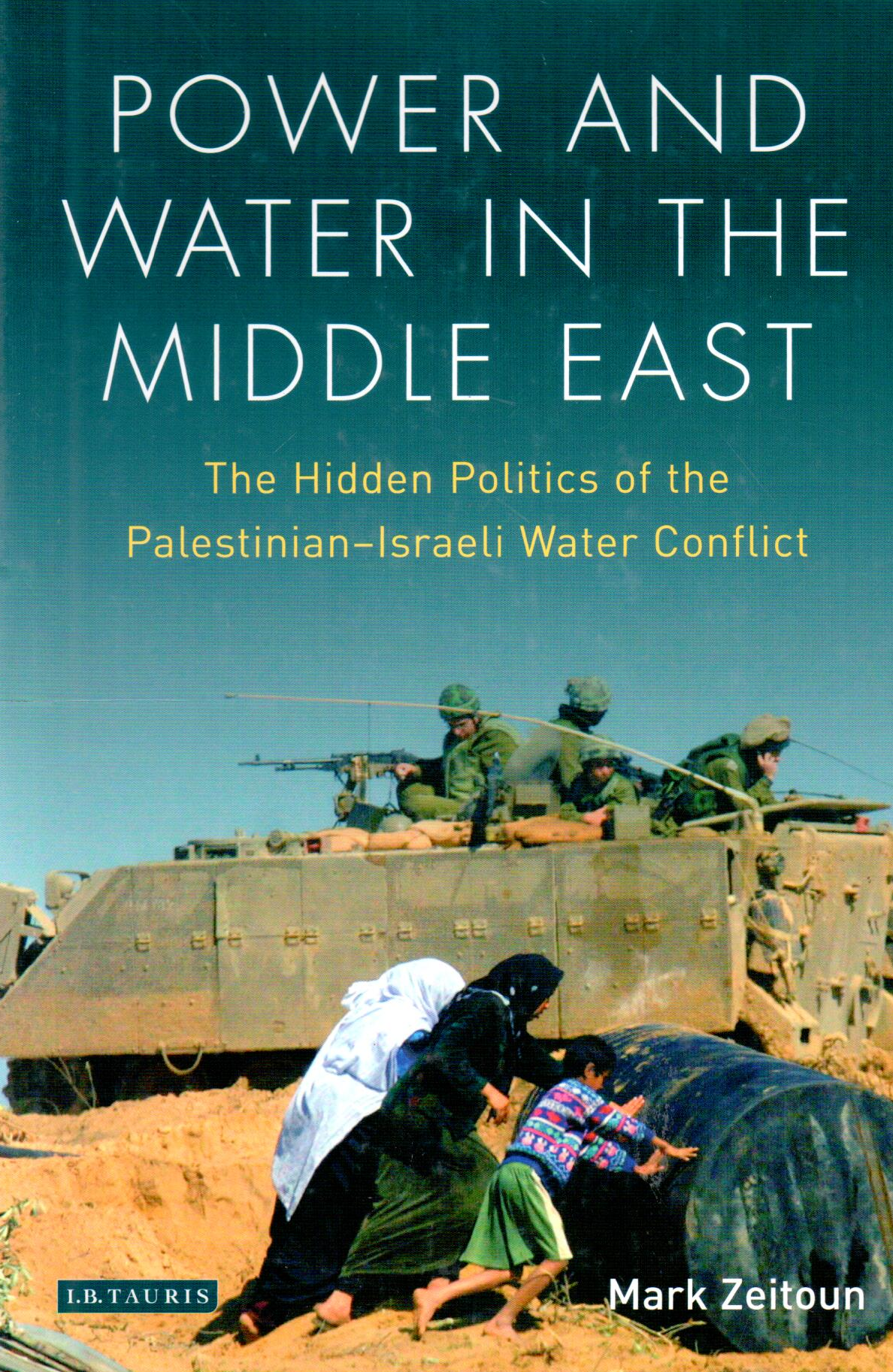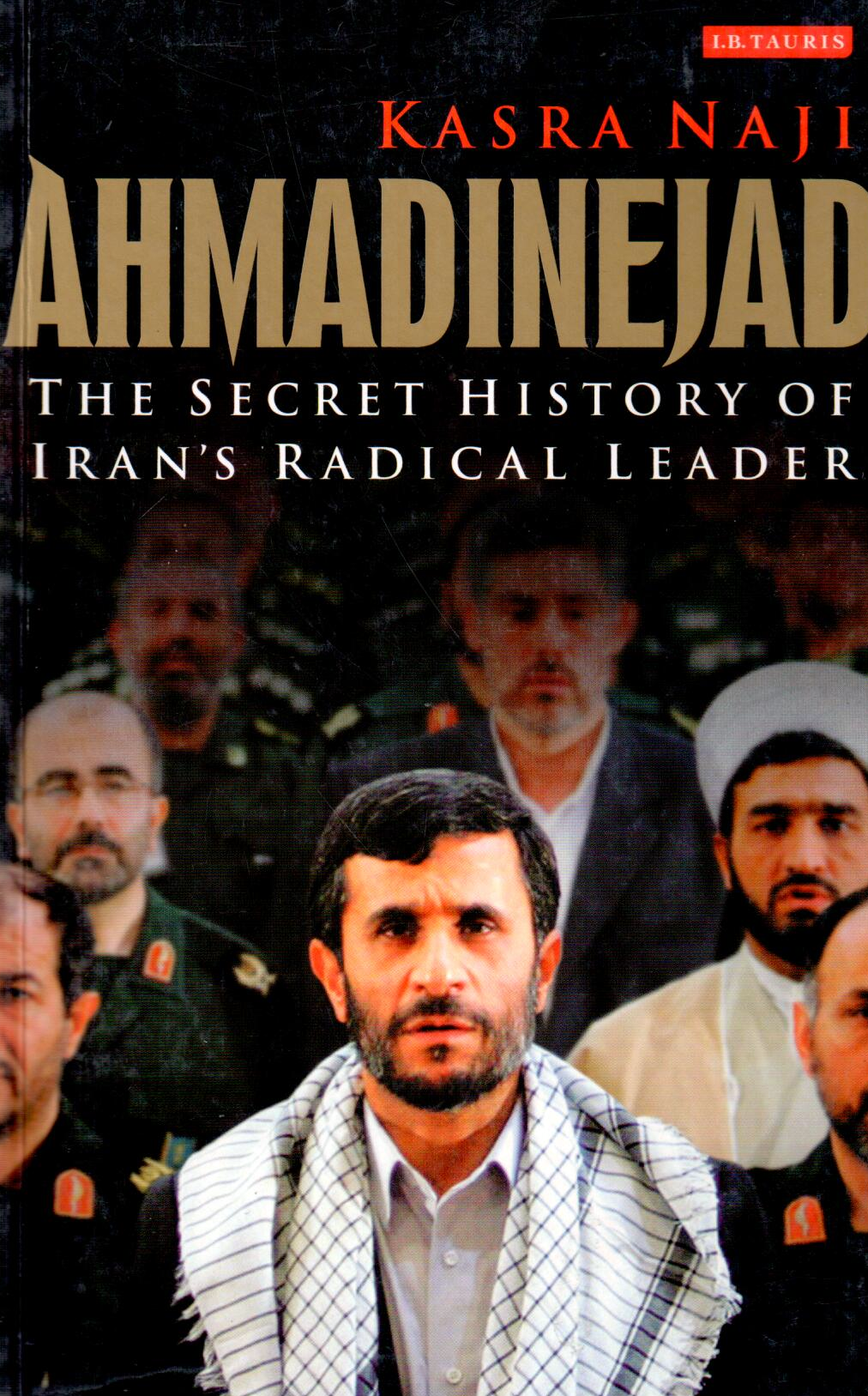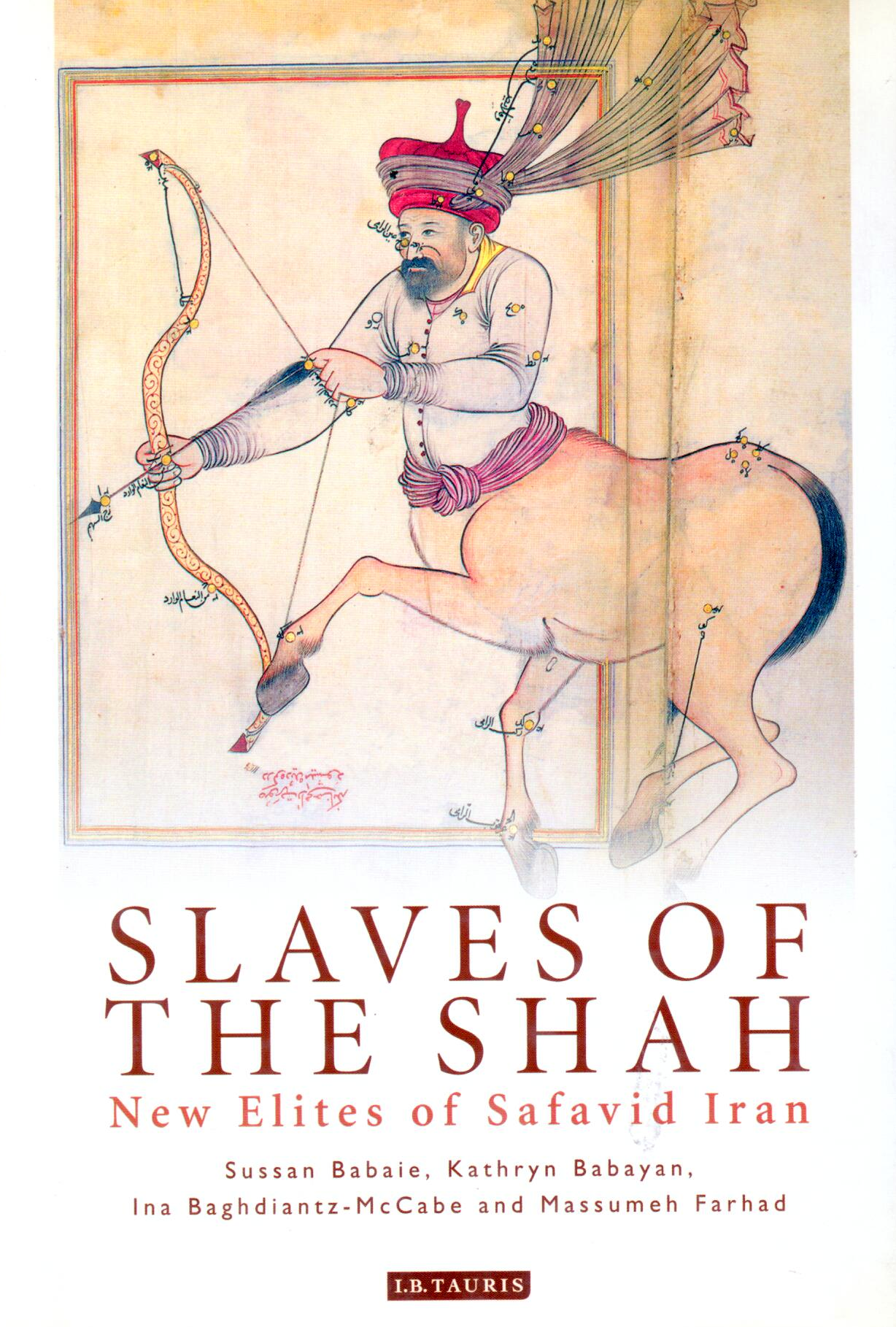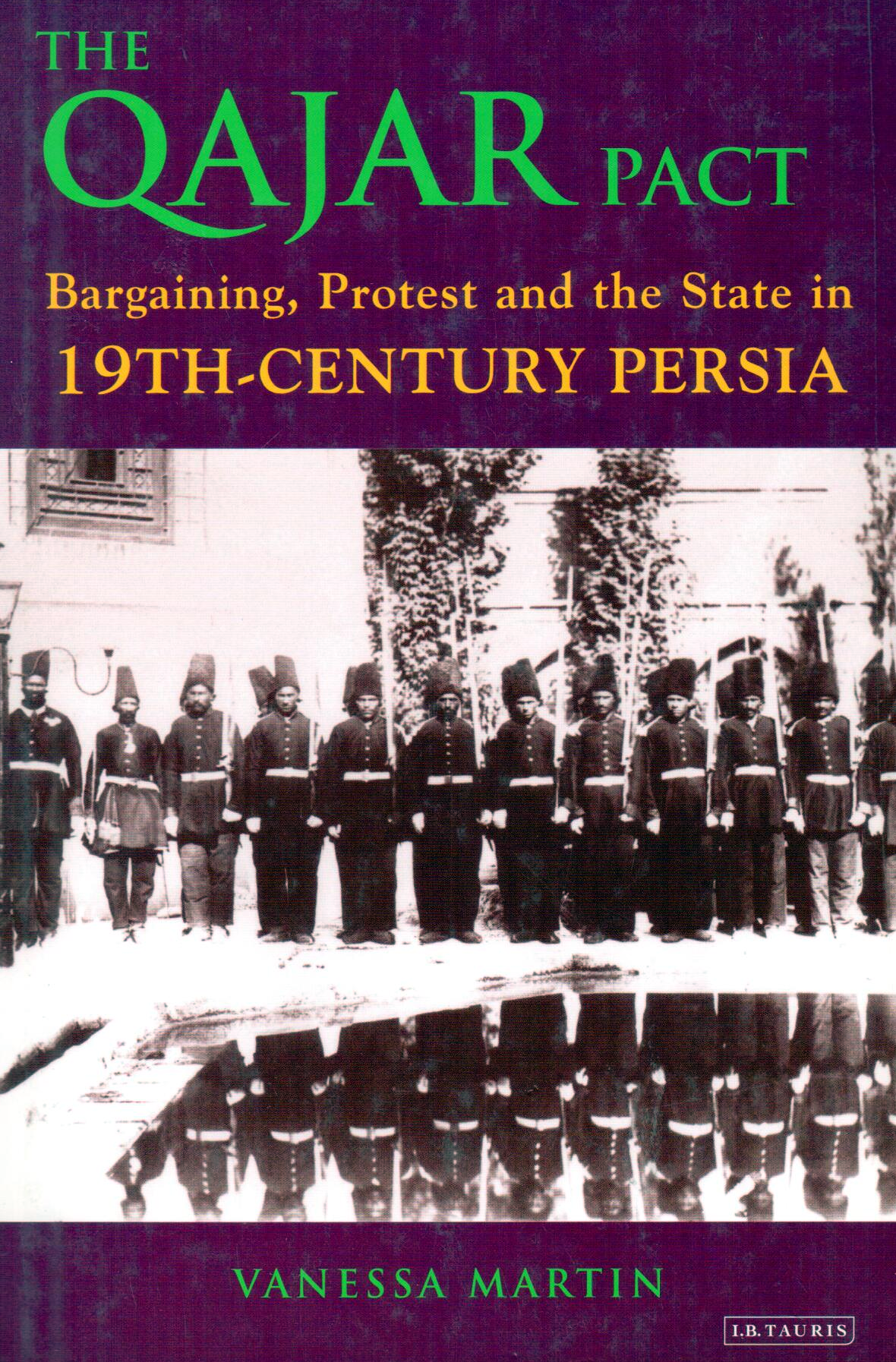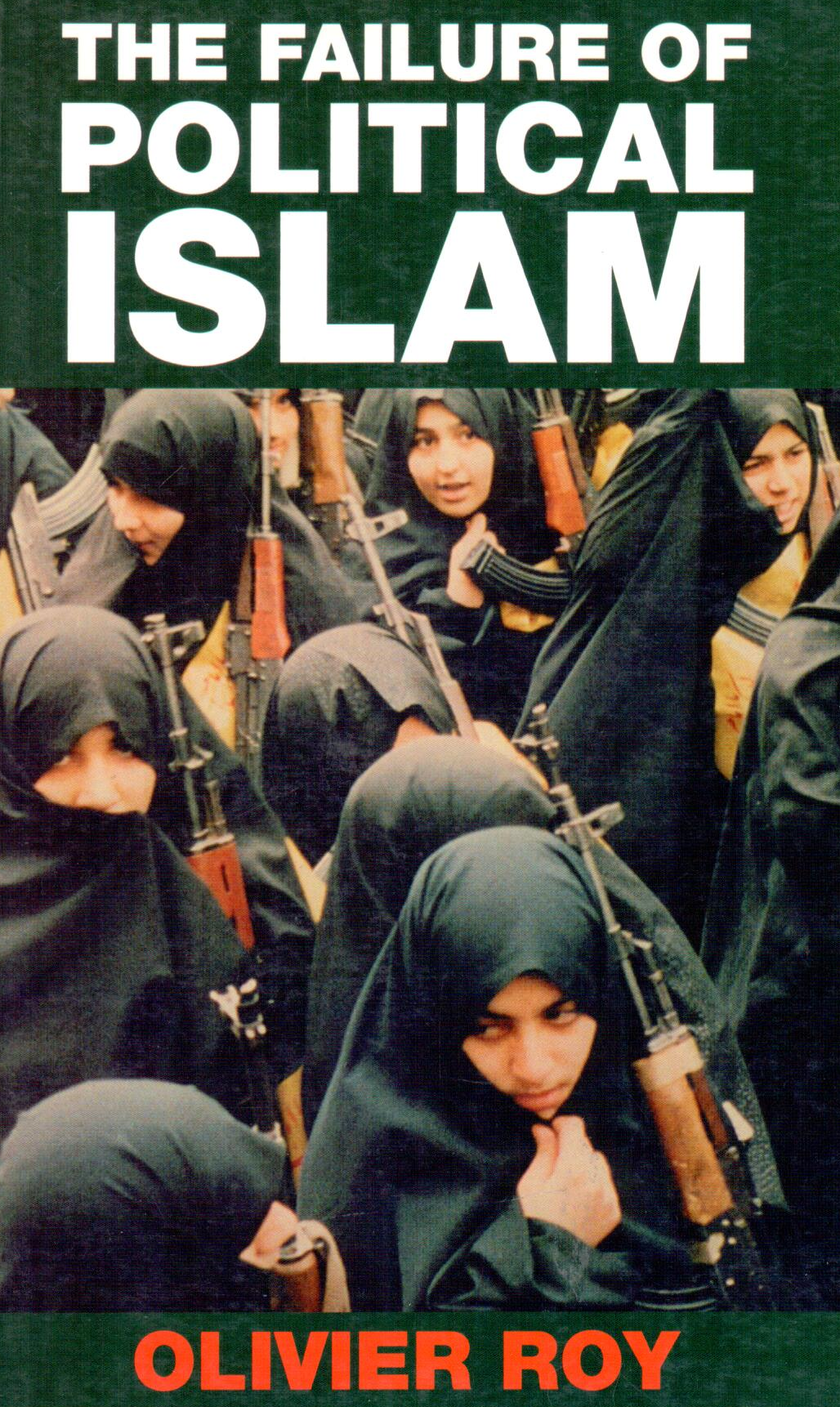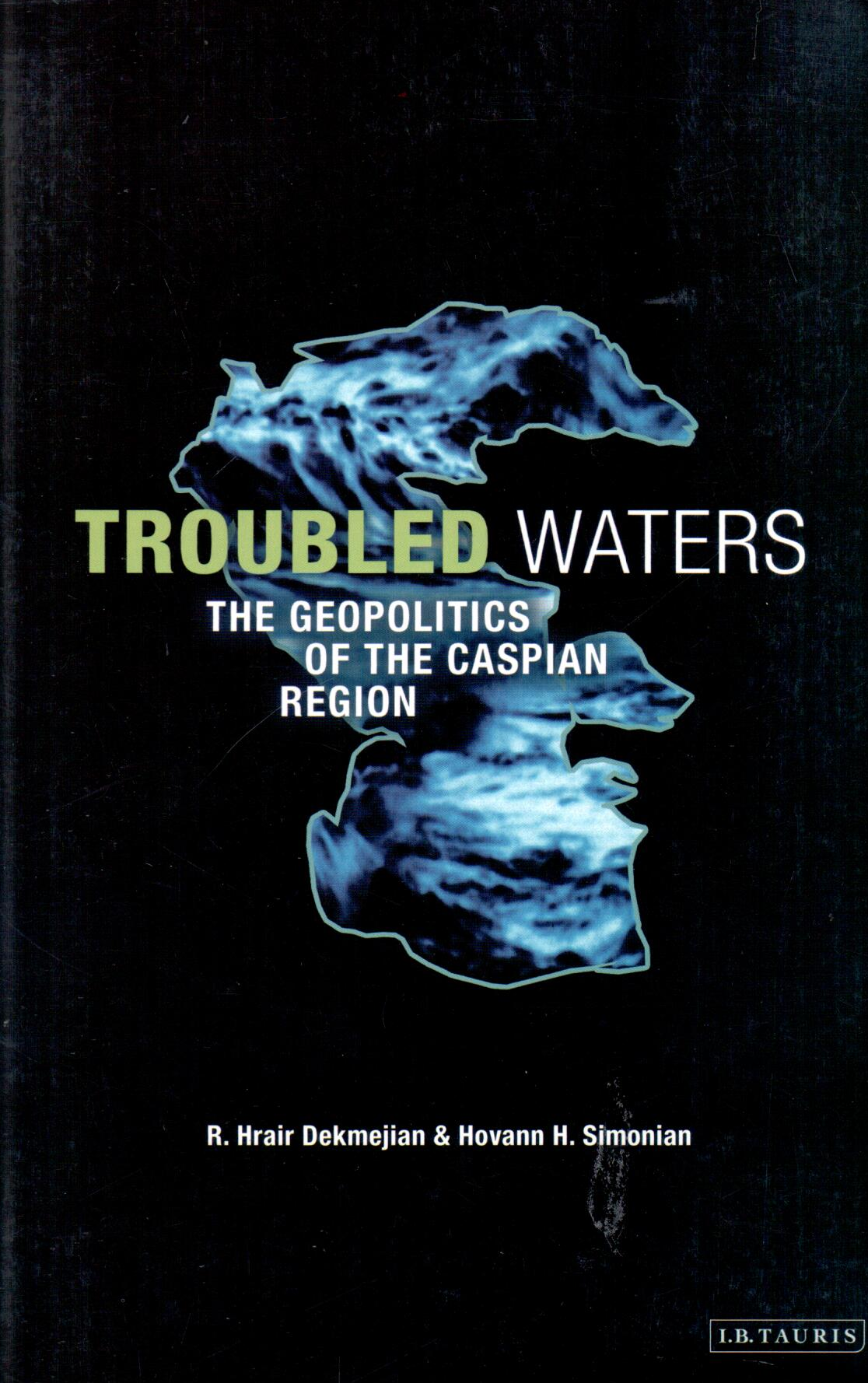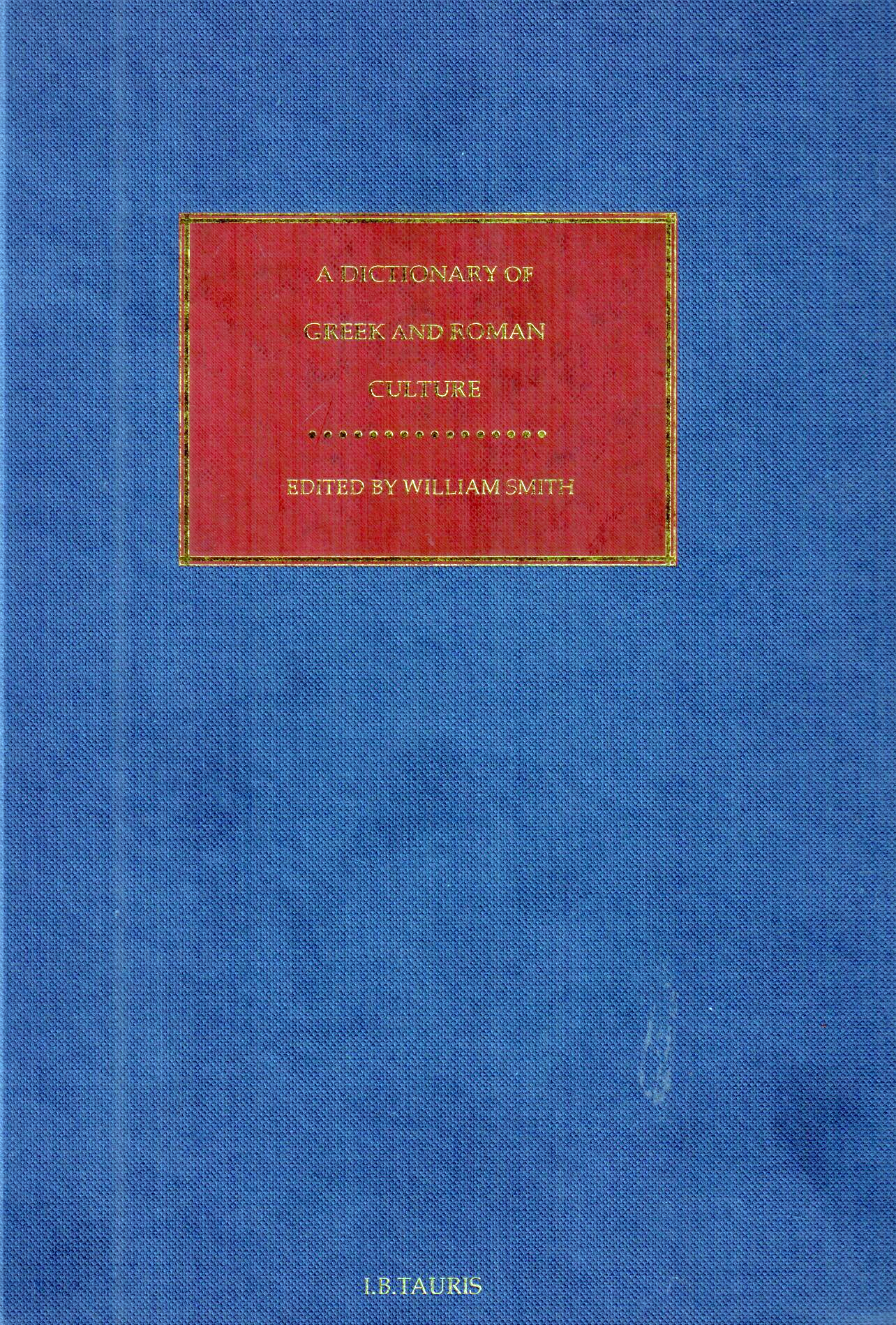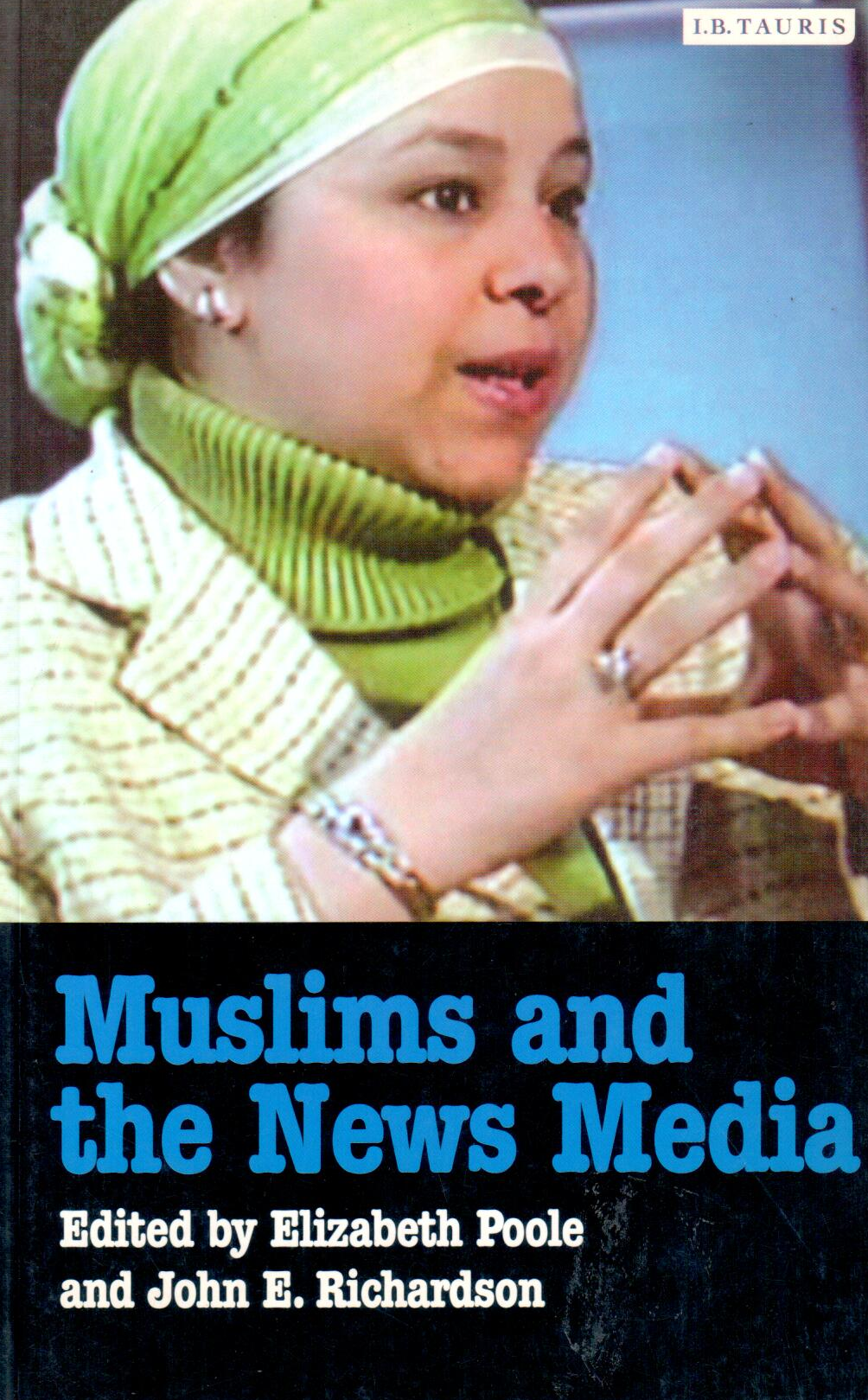The poetics of Iranian cinema : aesthetics, modernity and film after the revolution: English 2011
The poetics of Iranian cinema : aesthetics, modernity and film after the revolution
19.89 £
Share
Wishlist
ISBN:
9781848857414
Publisher:
I.B. Tauris
Age Group:
Adult
Pages:
222
Weight:
430 g
Dimensions:
14 x 21 x 1.55 cm
Book Cover:
Hard Cover
In the wake of the 1979 Iranian Revolution, Iranian society and culture underwent massive changes. Here, Khatereh Sheibani argues that cinema evolved after the national uprising in 1978/79, and ultimately replaced poetry as the dominant form of cultural expression. She presents a comparative analysis of post-revolutionary Iranian cinema as an offshoot of Iranian modernity, and explains its connections with the themes present in traditional Persian poetry and conventional visual arts. She examines the pre-revolutionary film industry - such as Iranian new wave and filmfarsi movies - its styles and themes, and its relation to the emerging cinema after 1978. Sheibani argues that Iranian art cinema, as one of the signifiers and agents of modernity, underwent a cultural revolution by employing the aesthetics of Persian literature and visual arts in a modern context. This is a valuable contribution to the scholarly literature on Iranian cinema, politics and culture.
more
In the wake of the 1979 Iranian Revolution, Iranian society and culture underwent massive changes. Here, Khatereh Sheibani argues that cinema evolved after the national uprising in 1978/79, and ultimately replaced poetry as the dominant form of cultural expression. She presents a comparative analysis of post-revolutionary Iranian cinema as an offshoot of Iranian modernity, and explains its connections with the themes present in traditional Persian poetry and conventional visual arts. She examines the pre-revolutionary film industry - such as Iranian new wave and filmfarsi movies - its styles and themes, and its relation to the emerging cinema after 1978. Sheibani argues that Iranian art cinema, as one of the signifiers and agents of modernity, underwent a cultural revolution by employing the aesthetics of Persian literature and visual arts in a modern context. This is a valuable contribution to the scholarly literature on Iranian cinema, politics and culture.
more

